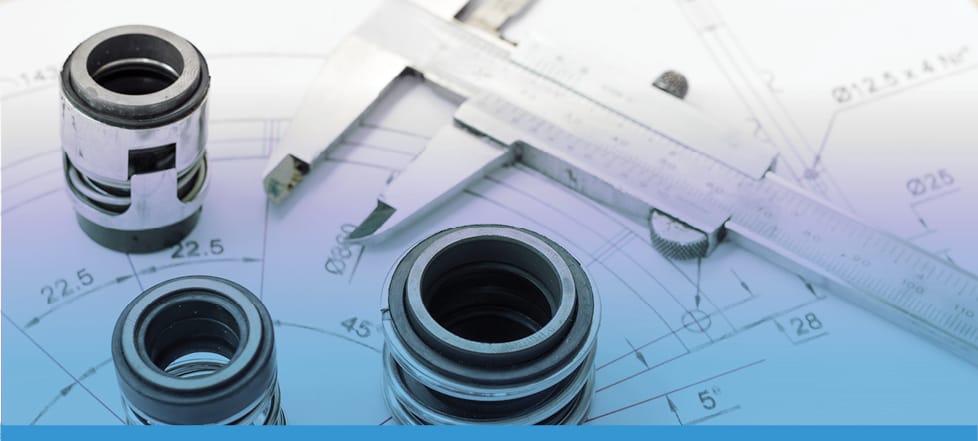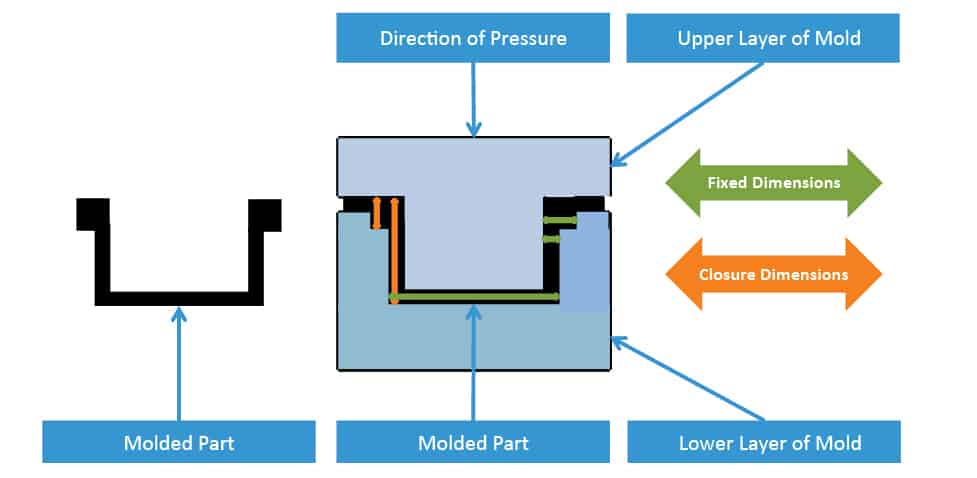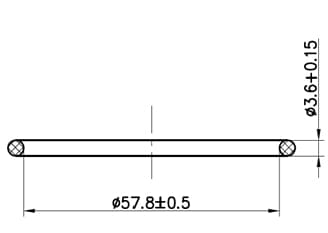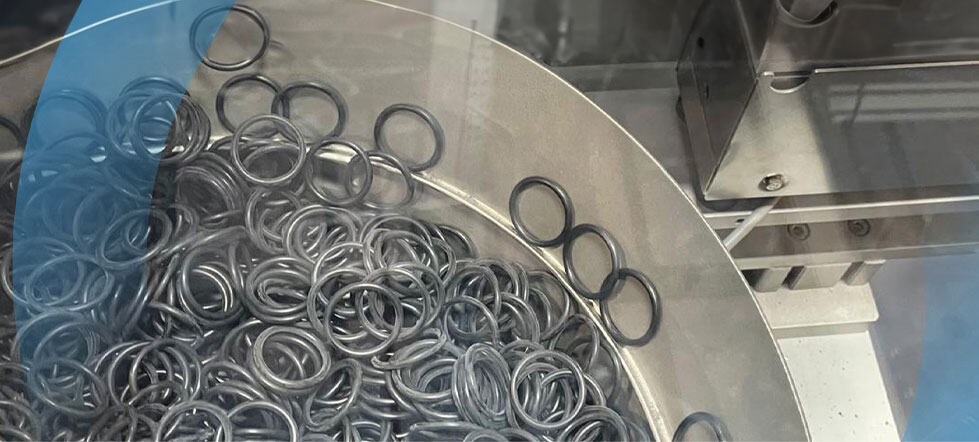Defining tolerances of each rubber part is critical to ensure the right fit.
When specifying a rubber part, it’s essential to take the tolerances into account. Defining the tolerances of each part is critical because even the smallest variation in size can make a product incompatible and in case of rubber seals, lead to leakage.
Tolerances, shown as a plus or minus value on engineering drawings, stipulate the allowed variations in size for industrial rubber products. Simply put — what is the allowed variation you will “tolerate” in the size you order versus the size you receive? In the example below, for a compression solid rubber product with a nominal dimension 5 x 9.5 x 20, the accepted tolerance in this case is +/- 0.2.

Rubber Standard Tolerances
There are national and global standards for the tolerances for rubber articles. For example, in the USA, there are rubber tolerance standards defined by the Association for Rubber Products Manufacturers (ARPM). These standards (tolerance classes) are proposed and the designer / manufacturer of the part would typically specify the class, for example, for molded components.
In other regions, there are DIN, BS (3734) or even ISO (3302-1:2014) standards. ISO 3302-1 specifies classes of dimensional tolerances and their values for molded, extruded, and calendared solid rubber products.
ISO 3302-1
The ISO 3302-1 classes of dimensional tolerances for compression molded solid rubber products stipulates four classes:
- M1 for precision molding which requires expensive control and inspection procedures
- M2 for high-quality moldings involving much of the close control required for class M1
- M3 for good-quality moldings
- M4 for moldings where dimensional control is non-critical
The standard specifies the tolerances according to fixed (mold-dependent dimensions) or closure (dimensions with overflow). As seen in the diagram below, fixed dimensions are static and dependent only on the machining of the actual mold; while the closure is also dependent on the pressure of the compression molding machine and other factors, such as the plates themselves.

Mostly, manufacturers work according to M2. It should be noted that there are also separate classes for extruded products and for articles that could be based on rubber metal or rubber fabric construction.
What other factors impact the final dimensions of rubber products?
There are more than 50 different parameters in the production process that can impact the final dimensions including material, temperature, time, weight, etc. Each and every one of these parameters has its own tolerance.
The same properties that make rubber flexible also mean that, during the manufacturing process, shrinkage occur. The degree of shrinkage is affected by several criteria such as the material type, properties, and hardness, cure or vulcanization temperature, post cure time and temperature and more.
Shrinkage is not uniform and can depend on the physical shape of the article and whether inserts are used in the mold, which could give rise to different shrinkages in the ‘x’, ‘y’ or ‘z’ measurements. As a result, the dimensions of an article from one rubber compound could be different from one another, despite utilizing the same mold.
The environmental temperature (which varies from season to season) and humidity also vary. All these factors must be calculated in the tolerances for the product being manufactured.
Generally speaking, every order should stipulate the required tolerances to ensure the part functions effectively in the desired application. Obviously the tighter the tolerances, the greater the impact on the cost of manufacturing of the article. The best solution is to work closely with the part manufacturer to agree on the most cost-effective tolerance solution.

Have a question about tolerances? Consult one of our experts regarding your specific application.



